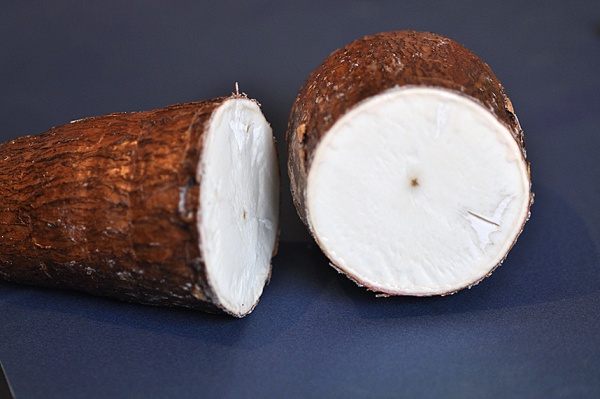Facts About Haitian cuisine
Haitian cuisine is a vibrant amalgamation of flavors and traditions from various cultures that have left an indelible mark on the island of Hispaniola. This culinary tapestry is woven from African, French, Taíno, Spanish, and Arab influences, resulting in bold and spicy dishes that are truly unique.
The roots of Haitian cuisine stretch back to pre-colonial times with the Taíno natives as the island's original inhabitants. Over the centuries, the cuisine evolved, incorporating Spanish, French, and African elements that have shaped the ingredients and cooking methods we see today. The Haitian Revolution in 1804 further enriched this culinary legacy, as refugees brought their traditions to places like New Orleans, influencing Louisiana Creole cuisine.
Some popular Haitian dishes you might want to try include *riz collé aux pois* (rice with red kidney beans), *sauce pois* (bean purée), *légume Haïtien* (vegetable stew), *tchaka* (hominy stew), *boulette* (Haitian meatballs), and *Haitian patty* (savory pastry). Regional specialties like *tonmtonm* and *poul ak nwa* highlight the diversity within Haitian cuisine, showcasing unique flavors from different parts of the country.
When it comes to beverages, Haiti offers a variety of options. You can enjoy local beers, rum (most notably the famous Rhum Barbancourt), clairin, and crémas (a coconut-based alcoholic drink). For non-alcoholic choices, there are fruit juices, malt beverages, and sweet coffee. And don't forget to try some delightful desserts like *fresco* (shaved ice), *pain patate* (sweet potato bread), and *akasan* (corn milkshake).
Haitian cuisine is rich in tradition and flavor, featuring dishes like *bouillon* (hearty stew), *griot* (fried pork), *diri ak pwa* (rice and beans), *macaroni au gratin*, and *pâté Haïtien* (Haitian patties) as just a few examples of the delicious foods you can savor. The diverse ingredients and cultural influences make Haitian food truly special and worthy of exploration.

 Dominican Republic
Dominican Republic